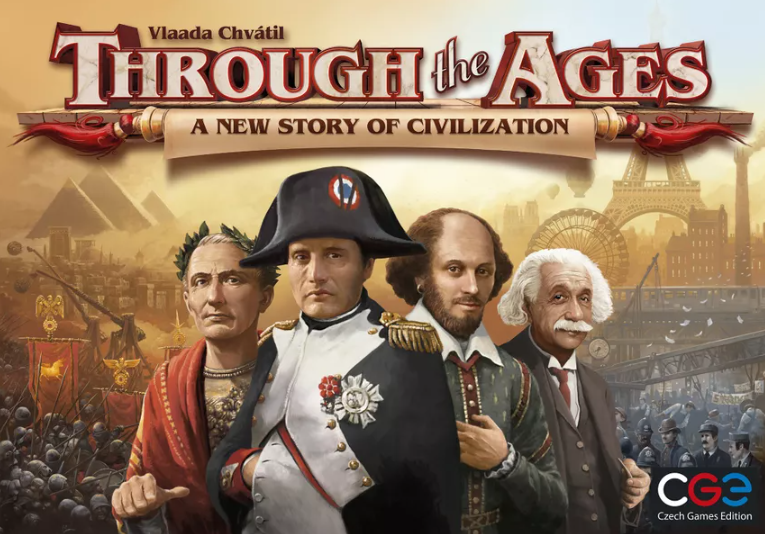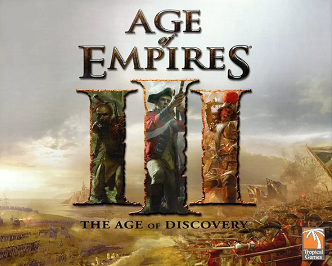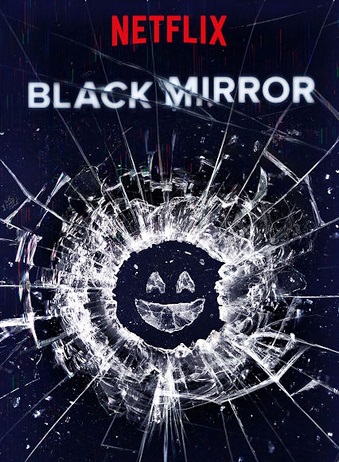Italy Trip Retrospective
We’re back from our trip to Europe! As I wrote in my last post, we traveled to Paris, from there toured Italy, including Rome, then returned to Paris for a few days. I was really excited to visit these iconic cities, steeped in ancient and medieval history. Here is a little retrospective on how the trip went.
We certainly had a lot of fun, seeing new places and experiencing the cultural differences between two European countries and our native home, the United States. We had to adjust to new languages (though plenty of people spoke English in both France and Italy) and to new protocols of etiquette. We had to learn technical aspects of navigating the ground like how streets are identified and how the trains and subways work (we were traveling entirely by public transit, so at least we didn’t have to figure out driving!). We hit snags right away – even just getting out of the airport in Paris and on to the right train to the city proved challenging, as we tried to understand the ticketing system and work around the language barrier with the attendants.
I enjoyed being immersed in these Old World locales, even though it was disorienting at first and it took some time for us to become confident city-hopping travelers. Paris I thought was a very modern city, elegant and beautiful in its core, though in its outskirts it had urban blight to rival that of the Philly area where we live (that’s saying a lot). Paris felt cosmopolitan – a world city – whereas the Italian towns and cities, including Rome, were Italian – in your face with their history and culture and cuisine. Where Paris was elegant and baroque in its beauty, Italy outside of Rome was rustic and charming, and being there felt like stepping back in time. Rome was an insane chaos of monuments and buildings from all of human time, with all of the human race crowded into it taking selfies. It was an exhausting madhouse and I absolutely loved it.

One fun thing that happened on our trip is that we met up with our friend Kim, a seasoned international travel who was in the region and spent a day with us in Rome. We toured the catacombs of St. Calixtus with her, and hung out with her in the Renaissance-Baroque part of the city (to the north of the ancient ruins part). It was quite a treat to meet up with a friend from Pennsylvania while we were halfway around the world from home.
On our journey, I have to admit, I would sometimes hit a wall, overwhelmed by the novelty of our situation. I had this bad habit of panicking and freezing up, which was not conducive to getting around, and would upset Aileen. As a group we had conflicts, sometimes when we got lost, and sometimes when we pushed too hard. The latter was mostly because I was manically trying to see as much as possible, motivated by anxiety about the prospect that this was my one and only chance. This was not how Aileen wanted to vacation – she wanted to relax!
We had a good talk about these issues when we were in Rome, and agreed to be more communicative, and more open to one another’s needs, and that we should slow our pace down a bit. The overall tone of our vacation improved after this talk (led by Aileen, who has the high emotional intelligence quotient in our group). I think it’s fair to say that we learned as much about ourselves as about the places we were visiting on this trip. It was a tempering test of us as a vacationing trio, and we came out stronger and, I’d like to think, ready for more international travel.
Could we have prepared better? It’s hard to say. We did watch a lot of YouTube videos by experienced travelers before leaving, which gave us some good advice and a lot of other advice that turned out to be bunk. I tried to pick up conversational French and Italian by studying phrasebooks, but nothing stuck. I think our approach of just diving in worked out, and we learned enough to make some adjustments to how we pack for travel, and to how we spend our time and money once we reach our destination, for the next time.
Here are a few quick tips for the American on a short touristy trip to Europe:
- Take the bus tours! They are worth the high ticket price, since they save you so much walking. We did it in Paris and I wish we had done it in Rome.

- Don’t worry about looking like a tourist. You are in a tourist destination surrounded by other tourists. Just own it.
- In the same vein, don’t try too hard to speak the language of the country you are visiting (assuming you are not actually a fluent speaker). Learn to say hello, please, and thank you, and be polite. You’ll get by just fine.
- Don’t do table dine-in every meal. It won’t always be a great experience, and you can enjoy take out or even food prepared in your rental accomodations just as well. This won’t only save money; it will also save time and hassle.
- Your debit and credit cards from American banks should work in Europe, though you might want to doublecheck with your bank that your debit card is activated for international use. Debit card transactions will have a fee tacked on, but credit card transactions won’t. And cash is handy, so I recommend getting some Euro bills and coins – your U.S. bank should be able to provide them.
In addition to our bank cards working seamlessly, our smartphones did as well, after upgrading our Google Fi family plan for the duration. Having this indispensable tool of modern living handy at all times definitely made it easier to overcome the culture shock and to navigate the unfamiliar terrain. Google search came to the rescue many times. Aileen had visited there 20 years earlier, but what a different experience it was without the Internet in her pocket. I don’t know if I could have done this without a smartphone, but then again I can’t remember at all what life was like before they became a commonplace.
Even though I had my smartphone, I didn’t bother keeping up with the news. I didn’t want the distraction, and I found that, as time blurred and I forgot what day of the week it was, I also forgot all about U.S. politics. It seemed so distant and insignificant. We did tune in to the news on TVs in our rentals on occasion, just to see what it was like, even though we couldn’t understand the newcasters hardly at all. The big stories were Gaza and Ukraine, and local politics. Occassionally there would be some passing reference to something the U.S. was up to, but it didn’t seem like it mattered much to Europeans. Or even to us, so far from home, which is weird for me to say since I obsessively blog about politics. I almost questioned if I should bother any more!
One thing I did do with my smartphone was take lots of pictures and post them on Facebook, contrary to the statement I made at the end of my last post. It was just so easy to keep up with this familiar pattern of behavior, in this age of the pervasive Internet.

It’s good to be back in the U.S., though I must admit I felt a little “reverse culture shock” on coming home. Dulles airport seemed kind of sparse and – shall I say it – provincial, compared to Charles de Gaulle. I noticed that the announcements were in English – as in just English – whereas at CDG they had been in French, English, and Mandarin. I guess we know where the Chinese middle class is going on vacation. And Americans are definitely dressed down compared to Europeans, and also friendlier and more easygoing. We’re a people who embrace a casual way of life, no doubt about it.
As I said, I think we got bit by the international travel bug, and I hope we do this again, maybe next year? I know Tiernan would really like to visit Japan. I thought we might try a place where English is the native language – I’ve never been to the British Isles, or to the land down under. If we went to Scotland, maybe Gavin would join us? A world of possibility lies before us.










